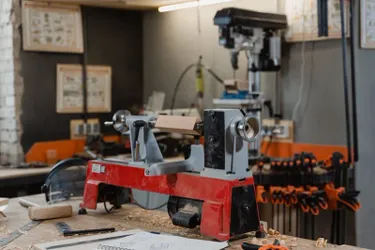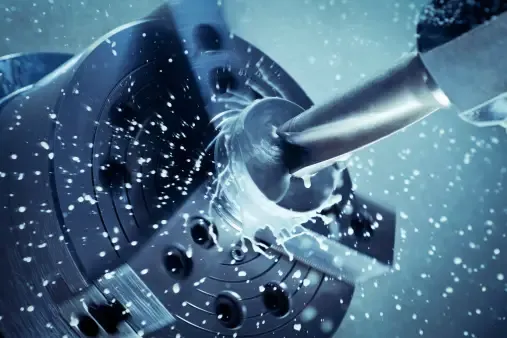What is a Lathe Machine Used for?
A lathe machine is a cornerstone of manufacturing and craftsmanship, essential for transforming raw materials into finely-tuned parts and products. Whether you're a hobbyist or a professional machinist, understanding the lathe's applications can elevate your knowledge and skills. So, let’s dive into the fascinating world of lathe machines and explore their versatile uses.
The Basics of Lathe Machines
At its core, a lathe machine is a tool used to shape material by rotating it against a cutting tool. This process, known as turning, allows for the creation of symmetrical parts. The lathe's primary components include the bed, headstock, tailstock, and carriage. These parts work together to hold and manipulate the material while cutting tools shape it.
Applications in Metalworking
In metalworking, lathe machines are invaluable for producing precise metal parts. They can create cylindrical objects such as shafts, bolts, and gears with high accuracy. For instance, a machinist might use a lathe to produce a custom shaft for a specific piece of machinery. By adjusting the cutting tools and speed, the machinist can achieve different finishes and tolerances.
Lathes are also used to bore holes, cut threads, and perform other operations. This versatility makes them essential for both large-scale production and one-off custom jobs. Additionally, advanced CNC (Computer Numerical Control) lathes automate these processes, enhancing precision and efficiency.
Woodworking with Lathe Machines
Lathes aren't just for metal; they're also crucial in woodworking. A wood lathe enables artisans to craft items like table legs, spindles, and decorative pieces. The lathe’s rotation allows woodworkers to carve intricate designs and shapes that would be difficult to achieve by hand.
In woodworking, lathes can also be used for turning bowls and vases, offering a smooth and elegant finish. By choosing the right tools and techniques, woodworkers can achieve various textures and patterns, making each piece unique.
The Role in Plastics and Other Materials
Lathe machines are also used in plastics and other materials. Plastic lathes help create components for industries such as automotive, aerospace, and electronics. These machines can produce intricate plastic parts with fine details, essential for high-performance applications.
For materials like ceramics or composites, lathe machines offer precision and control. By adapting the cutting tools and techniques, machinists can work with a range of materials, making the lathe a versatile tool across different industries.
The Evolution of Lathe Machines
Lathe machines have come a long way from their manual origins. Traditional lathes required significant skill and manual effort, but modern advancements have introduced CNC lathes, which offer automation and computer control. CNC lathes provide greater accuracy and repeatability, making them ideal for complex and high-precision tasks.
Additionally, specialized lathes like turret lathes and multi-axis lathes have been developed to handle specific tasks and materials. These innovations have expanded the lathe’s capabilities, allowing for more intricate and diverse applications.
Practical Tips for Using a Lathe Machine
Safety First: Always wear protective gear and follow safety guidelines. Lathes can be dangerous if not used properly.
Choose the Right Tool: Selecting the appropriate cutting tool for the material and desired finish is crucial for achieving the best results.
Regular Maintenance: Keep the lathe in good condition by performing regular maintenance. This ensures accurate performance and extends the machine’s lifespan.
Practice: Like any skill, proficiency with a lathe comes with practice. Start with simple projects to build your confidence and expertise.
Conclusion
A lathe machine is a versatile and indispensable tool in various industries, from metalworking and woodworking to plastics and composites. Its ability to shape materials with precision and efficiency makes it a valuable asset for both professionals and hobbyists. As technology evolves, so do the capabilities of lathe machines, offering even greater possibilities for innovation and craftsmanship.




